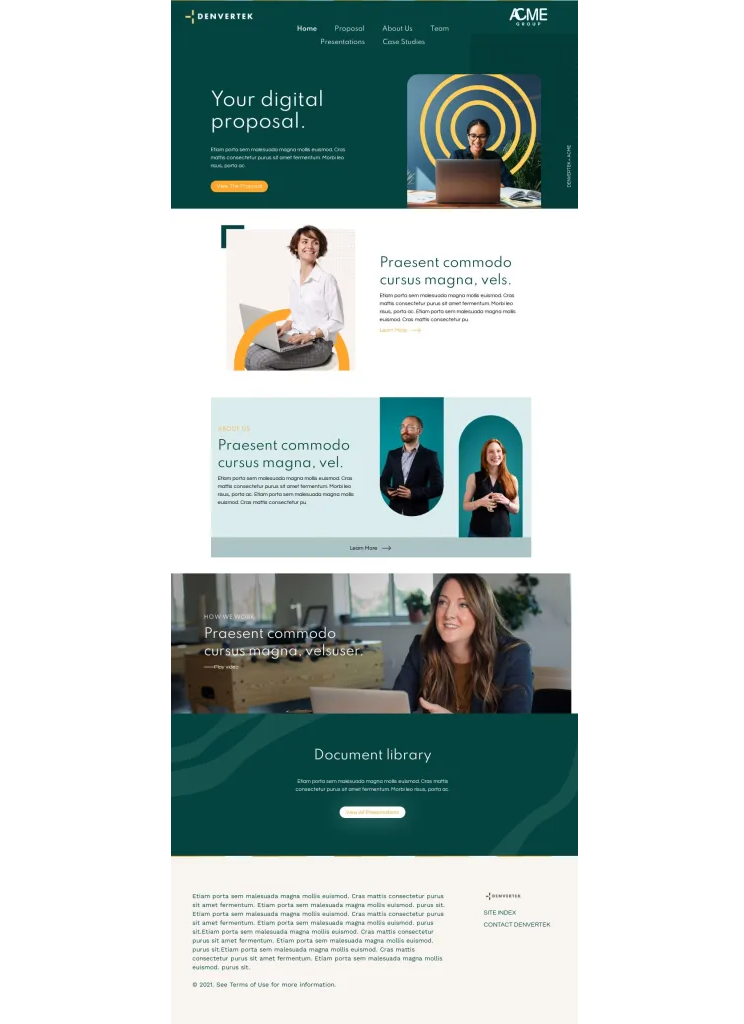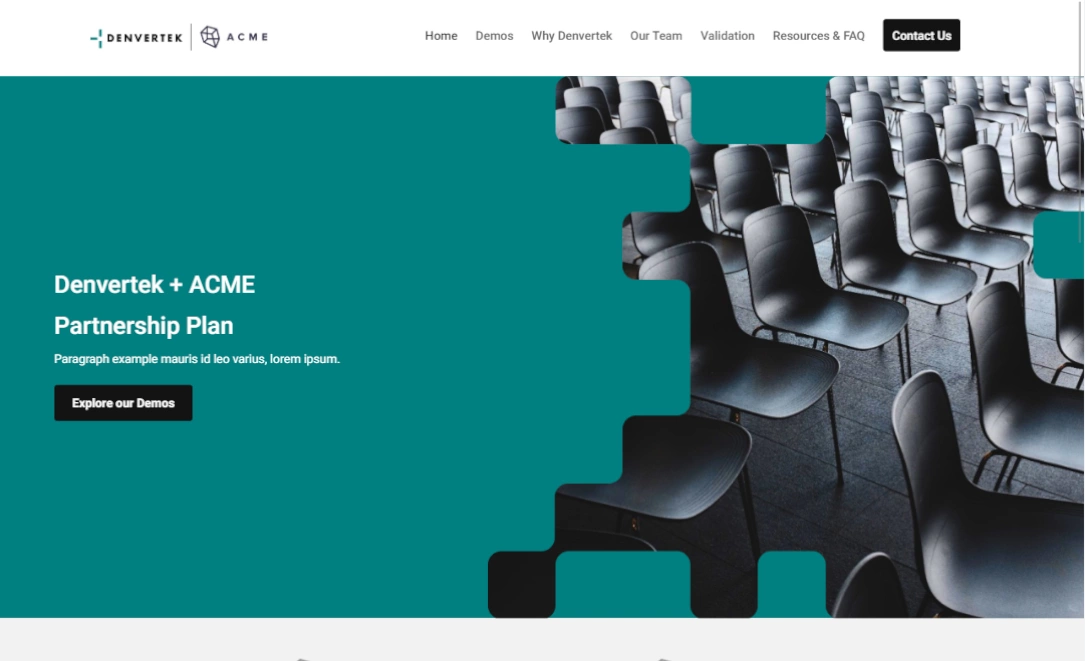If your firm depends upon winning bids on the back of RFPs, then you already know that having a good process in place is supremely important.
If you work on a bids and pursuits team then you know that efficiency is the name of the game. While you might love the thought of being able to spend weeks crafting one response to perfection, in reality, you know that your team may be under pressure to meet a bid-submitting KPI.
At Zoomforth, we’ve worked with many teams who use our product exclusively for sending out RFP responses. They’ve shared with us some insights about the steps they have taken to make the RFP-sending process a smoother and more efficient experience.
1. Have a system for tracking your RFP responses
Our first recommendation is to institute a system for tracking all your RFP responses.
Different RFPs have different lead times. Your business is also likely to ascribe more importance to some RFP processes than others.
All this calls for:
- A system that will help you log every RFP you’re working on by date and flag when a deadline is imminent
- A system that will allow you to triage the RFP responses you’re working on by importance
Using these two features, you can use decision-making matrices (such as this one) to know which RFP responses you should be working on right now; which you can plan for; and which you could even consider delegating to outsourced partners.
The good news is that such a system doesn’t need to be complicated. In fact, it might be completely free. A simple project management tool such as Asana actually contains all the functionality required to build a system like this.
You can also:
- Keep track of who is responsible for managing the response
- Keep all communication related to the bid in a system that everybody has access to
- Assign sub-tasks related to creating the RFP response to other team members
- Add a relevant RFP example to guide the drafting. This could be a bid that your team has previously entered on another opportunity or a bid that you found on the internet from another organization.

2. Know a couple of good RFP response writers
You’re in the middle of crafting a couple of great and high-priority RFP responses that you’d love to see your company win. Then a tight lead opportunity comes in the door or catches your eye. But there’s one problem: everybody on your team is already working flat out on other bids.
This is where outsourced resources like freelancers can be really useful. And you don’t have to make do with a generalist either. Many freelance writers have held in-house positions managing RFP responses on behalf of organizations and have chosen to focus exclusively on RFPs in their freelance iteration.
Even if you don’t require their services right now, it’s worth putting out feelers to see if anybody you work with (or who works in comparable roles) knows of a couple of reliable RFP writers. When you need the ability to quickly scale up your RFP workload without needing to commit to another full-time hire, they can come in very handy.
3. Appoint a proposal manager
A proposal manager assumes overall responsibility for handling the RFP response process on behalf of an organization.
This hire brings value in a few different areas:
- They have project management skills and therefore can handle the prioritization and tracking work that can sidetrack those who are actually writing the responses.
- Many proposal managers bring their “rolodexes” to the job too. In other words, they’ve built up strong networks of contacts — perhaps at companies whose projects you are bidding for. These relationships can be extremely valuable. As a general rule, winning business when you’re not known to the company doing the hiring can be significantly harder.
Hiring a proposal manager will also mean that there’s a single point of responsibility for this area of the business: somebody who’s answerable to the question of “what’s going on with our bidding at the moment?” If your bid response process is scaled up enough, this could be a worthwhile hire. If it’s not, sales managers often, in practice, assume this as one of their unofficial responsibilities.
4. Flag repeat content opportunities as soon as possible
In an ideal world (perhaps!) every proposal would be written from scratch all of the time. But if you work in bids, then you already know that that very seldom happens. Instead, most proposals are a synthesis of totally original content specific to the bid and some boilerplate text added from a library.
As we mentioned in our last blog, Zoomforth has themes and templates features that we built precisely for reasons such as this:
- A template saves you from having to build a new microsite every time you want to create one for a recurrent purpose – just like this.
- A theme is simply a CSS file that can be layered onto a new microsite to make its design accord with something you’ve set up previously (padding, fonts, etc).
In the context of RFP bids, we’re going to be more interested in using templates to quickly iterate out new versions. We can create RFP response templates —or even multiple ones for different bid types—that quickly encapsulate common elements.
To be more specific, your average bid response might contain all of the following elements. But as we can see not all of them are going to have to be written from scratch every single time:
- About our company – boilerplate
- Our capabilities – boilerplate
- What we can deliver – customized. Commonly, RFPs ask for both general overviews of what you firm does as well as specifics about how you could address their requirements
- Bid – a mixture of boilerplate and customized
Leveraging a template-based process for building out RFP responses can enormously cut down on the amount of time it takes you to turn out each bid.
5. Be more selective about bids
Not every invitation to participate in a tender is a summons — and your business isn’t obligated to create a custom proposal for every potential customer that requests it.
Every potential business relationship is a two-way process. And before demanding that all hands in the sales team rush to deck, it’s worth spending a moment to consider whether this piece of potential business is really worth the time it may take to pursue it.
Factors that you may wish to consider:
- How large is the potential opportunity?
- Is this likely to lead to an ongoing business relationship or is this probably a one off project?
- Do you have any intelligence about how many firms are also participating in the tender (or RFP). It’s often the case that the more companies that throw their hat into the ring the lower the chances of success are going to be.
By using a solution like Zoomforth, you can cut down on the time and effort involved in creating RFP responses. But that doesn’t mean that you should create a proposal for opportunities that are clearly a bad fit.
First, evaluate whether the business would be good for your firm. Only then should you devote the time and energy to actually participating in the opportunity.
If you’d like to know how Zoomforth can help improve the efficiency of your RFP response process, ask us for a demo.



